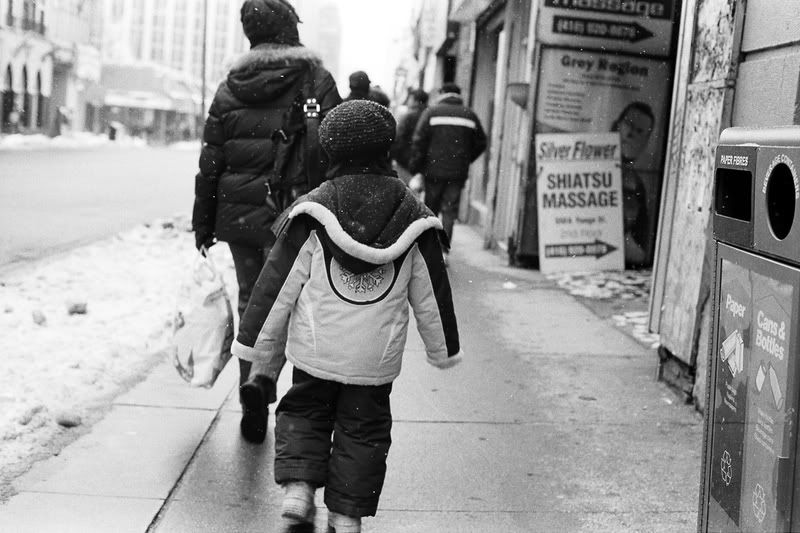dfoo
Well-known
As usual, Al's words of wisdom are right on in this area. And it doesn't always have to be from your "hip". Sometimes I've had the camera on my shoulder against me neck, just as long as its not obvious I'm using the camera...

Actually, these days I probably shoot about 80% with an 'M' without looking through the viewfinder. ...
Its a pity, if you had looked through the viewfinder you could have composed that nice picture better...





